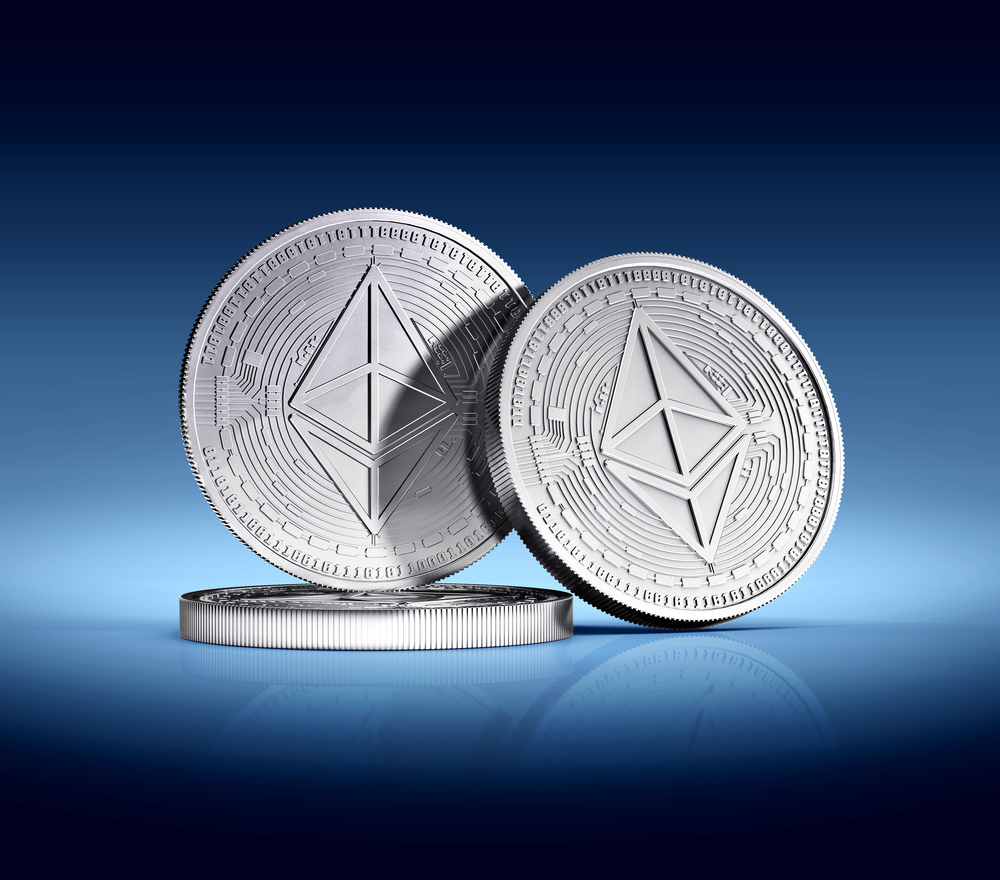Cryptocurrency ICOs have hit some growing pains lately, with so many new investors coming on the scene. Investors need safe and secure solutions for storing their ICO tokens for long periods of time. Moving funds to an exchange is never a smart idea, as it does not allow users to fully control their funds. While there are some software solutions available as well, one should never overlook the TREZOR hardware wallet. An update pushed out in May makes it one of the best ways to store ERC20 tokens.
TREZOR Does not get Much Recognition for ERC20 Support
Although TREZOR is not the only hardware wallet solution in the world to support ERC20 tokens, most users tend to forget they have this functionality ready to be used. It is well documented how the Ledger line of hardware wallets is compatible with ERC20 tokens, as long as the user generates an ETH address through the wallet and connects that to an external service such as MyEtherWallet.
However, the TREZOR team introduced a slightly different feature back in May of this year. Full support for all past, current, and future ERC20 tokens was added at that time. Once you generate an Ethereum wallet address with the TREZOR hardware wallet, you can use it to store ERC20 tokens. You can then use the TREZOR to sign transactions related to ERC20 tokens, just like you can with the Ledger. All of this functionality is introduced through downloading software updates, rather than making hardware modifications.
SatoshiLabs – creators of the TREZOR wallet – has upped its game significantly in this department. The firmware released in May fully supports ERC20 tokens and allows users to display their token balances on the wallet’s built-in display. Right now, the Ledger does not offer this type of functionality, even though it does not appear users are actively looking to see that change. Considering how most people using a TREZOR were not even aware of the change, we may see such requests by Ledger users in the near future.
The TREZOR wallet is capable of displaying transaction details, including token type, value, and transaction fee. The system is still hooked into MyEtherWallet just like the Ledger wallet, but it is slightly more visually advanced as far as the hardware wallet’s own display is concerned. It is a pretty nifty feature that so many people seemingly have not heard about, even though it has been available for over three months now.
Even if a particular ERC20 token were not officially supported by TREZOR’s firmware, it can still be stored within the wallet. The same is true in the case of the Ledger wallet, as it supports any token compatible with Ethereum addresses. Users who try to move an ERC20 token through their TREZOR wallet will simply need to sign a message first before seeing any transaction details. Given the vast amount of tokens created and in circulation right now, there is a lot of support to build in.
It is good to see competing hardware wallets using almost identical features to reach the same goal. TREZOR focuses more on displaying relevant information, whereas Ledger is not too bothered with such technical details. Both wallets can be used quite easily with MyEtherWallet. It is good to know there is a slight difference between the two, even though not every ERC20 token holder wants to see their portfolio value on the hardware wallet screen per se. Just know the option is there to use, for those who like this additional information.

